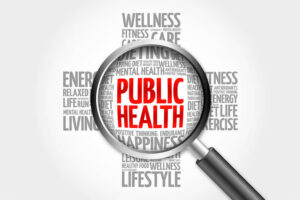Despite public health appeals to reassure the public that it was safe to access health services during COVID-19 waves, significant reduction in emergency department (ED) utilization patterns have been observed in several countries. The reduction is evident in the proportion of patients presenting at ED across all acuity presentations. Factors contributing to lower utilization of health services include public health messaging and government-imposed population restrictive measures (e.g. restrictions on travel, sports and socialisation and closed schools/childcare facilities). Shifts in health-seeking behaviours due to unwillingness to access healthcare because of concerns about contagion in hospital settings are also a factor. Evidence from SARS and MERS epidemics have shown that risk mitigation behaviours, such as hospital avoidance, were widely practised, with fear of infection associated with avoidance of healthcare facilities. The immediate and long-term effects of this reticence in care-seeking is likely to have negative health consequences for all age cohorts, but especially so for the paediatric population. This presentation will focus on Ireland as a case study to examine the impact of COVID-19 on paediatric emergency department utilisation and assess how this changes in relation to the public health response strategy and public health messaging in the first waves of the COVID-19 pandemic. The decline in paediatric ED attendance is clear and the restrictions on movements and social gatherings, coupled with normal seasonal patterns of attendance, explains much of this variance.

- Society

Membership
Support our mission by becoming a member

Public Health Policy Center
Explore the society's public health initiatives

Meet the community
See what our members have been working on
- Journal
- Author Center
- Membership